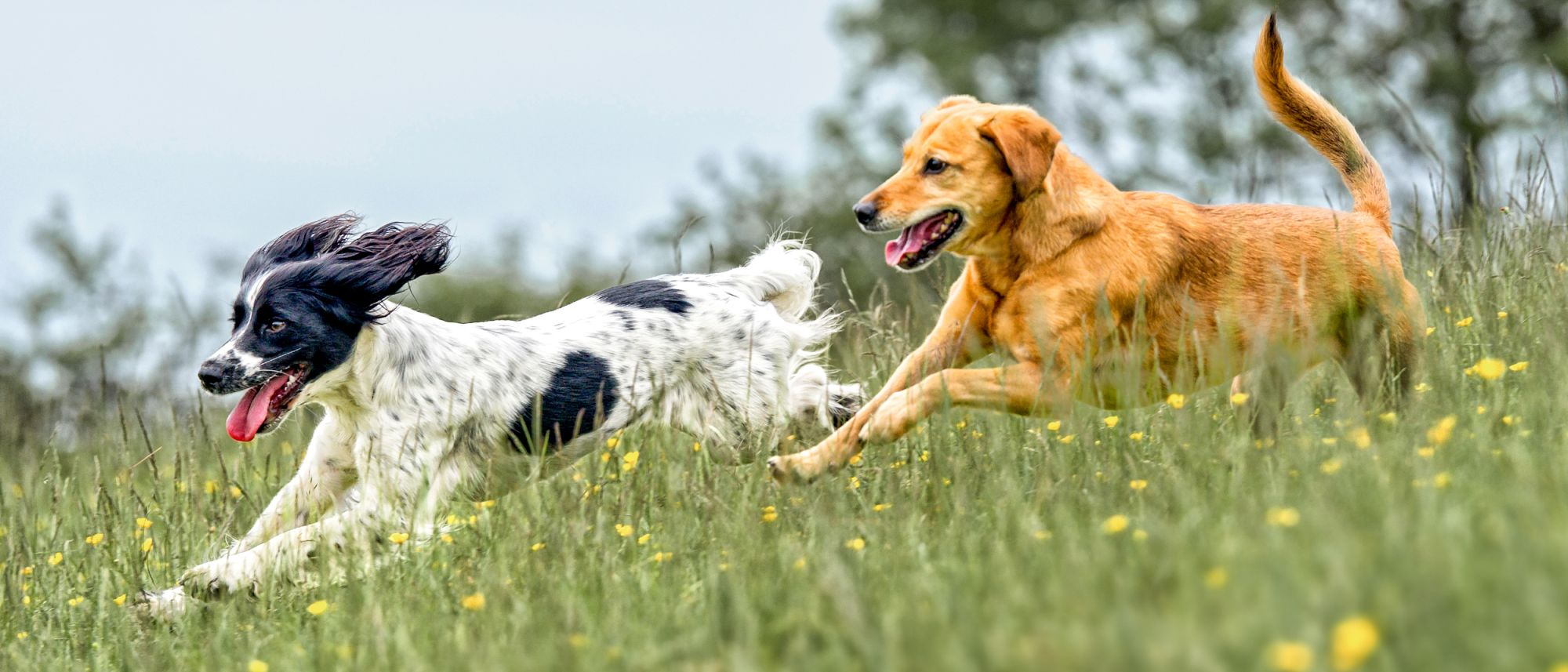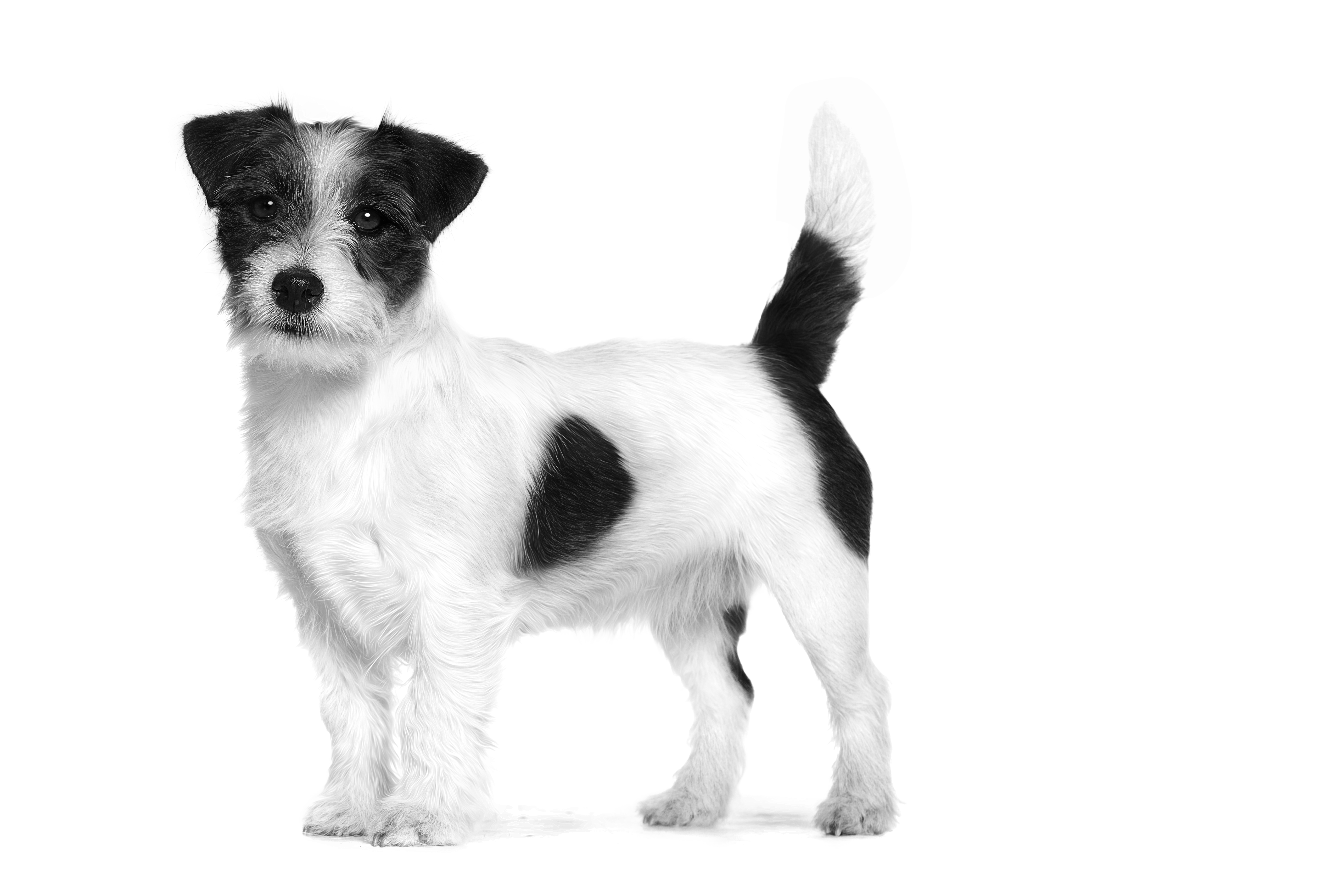The risks to your dog if they are obese

Obesity is an increasing problem among our human population, and unfortunately it's the same for dogs; multiple studies have found that at least one in five dogs in industrialised countries are classified as obese. If your dog is obese, it will be at higher risk of a number of chronic and life-long conditions which it's important to be aware of.
Your dog's likelihood of obesity
A dog is classified as obese when it reaches between 15% and 20% over its ideal weight, or it's impossible to feel its ribs through its skin, fur and body tissue. Their breed, genetic makeup, age, sex, lifestyle, diet and whether they have been neutered or not will all contribute to the likelihood of your dog becoming obese.
For example, female dogs are more predisposed to weight gain, while obesity is twice as likely in neutered rather than unneutered dogs. Behavioural problems around food and your own feeding behaviour also have a significant impact on your dog's weight.
The risks of obesity in dogs
If your dog is overweight or obese, they are at greater risk of a number of serious and life-changing conditions:
- Significantly reduced life expectancy
- Cardio and respiratory problems
- Diabetes
- Reduction in immunity and therefore at risk of infections and other illness
- Osteoarticular diseases such as arthritis
- Cardiovascular disease
- Urinary calcium oxalate calculi
Dogs who are obese are also likely to be lethargic, lack motivation and energy, and exhibit poor levels of effort when it comes to exercise, play or activity.

Why does obesity in dogs cause these problems?
When a dog becomes obese, its body begins to store food and nutrients as fat because it's using less energy playing or moving than it's taking in through its diet. This fat begins to infiltrate organs (such as the liver) meaning they function less effectively. Fat also begins to 'coat' the organs, placing greater pressure on them and reducing their ability to work well – for example, there's greater pressure on the arteries in an obese dog than a healthy dog, which means they're more likely to suffer with cardiovascular disease.
As your dog is carrying around more weight, it becomes increasingly difficult for them to move; their joints begin to suffer because they're not built to carry excess weight. Eventually, this can result in a vicious cycle where a dog doesn't want to exercise because it's uncomfortable but continues to eat the same diet and therefore gains weight, decreasing their desire to move.
How to help your overweight dog
The first step to helping your dog is visiting your vet, who'll be able to identify how overweight the dog is and what actions you should take to support its weight loss. It's important you, as the owner, commit to helping your dog lose weight – that means sticking to a rigorous feeding schedule, avoiding giving your dog treats and table scraps, and keeping a close eye on their weight. Your veterinarian will be able to recommend a feeding schedule based on any weight-loss diets they may prescribe.
By helping them begin to lose weight, you'll start to see your dog return to a healthier and more active lifestyle – as well as give them the chance of a longer life. Start by asking your vet for a consultation, as they'll be more than happy to help.
Related Articles

Find a vet
If you have any concerns about your dog’s health, consult a vet for professional advice.
Like & share this page with your friends & family